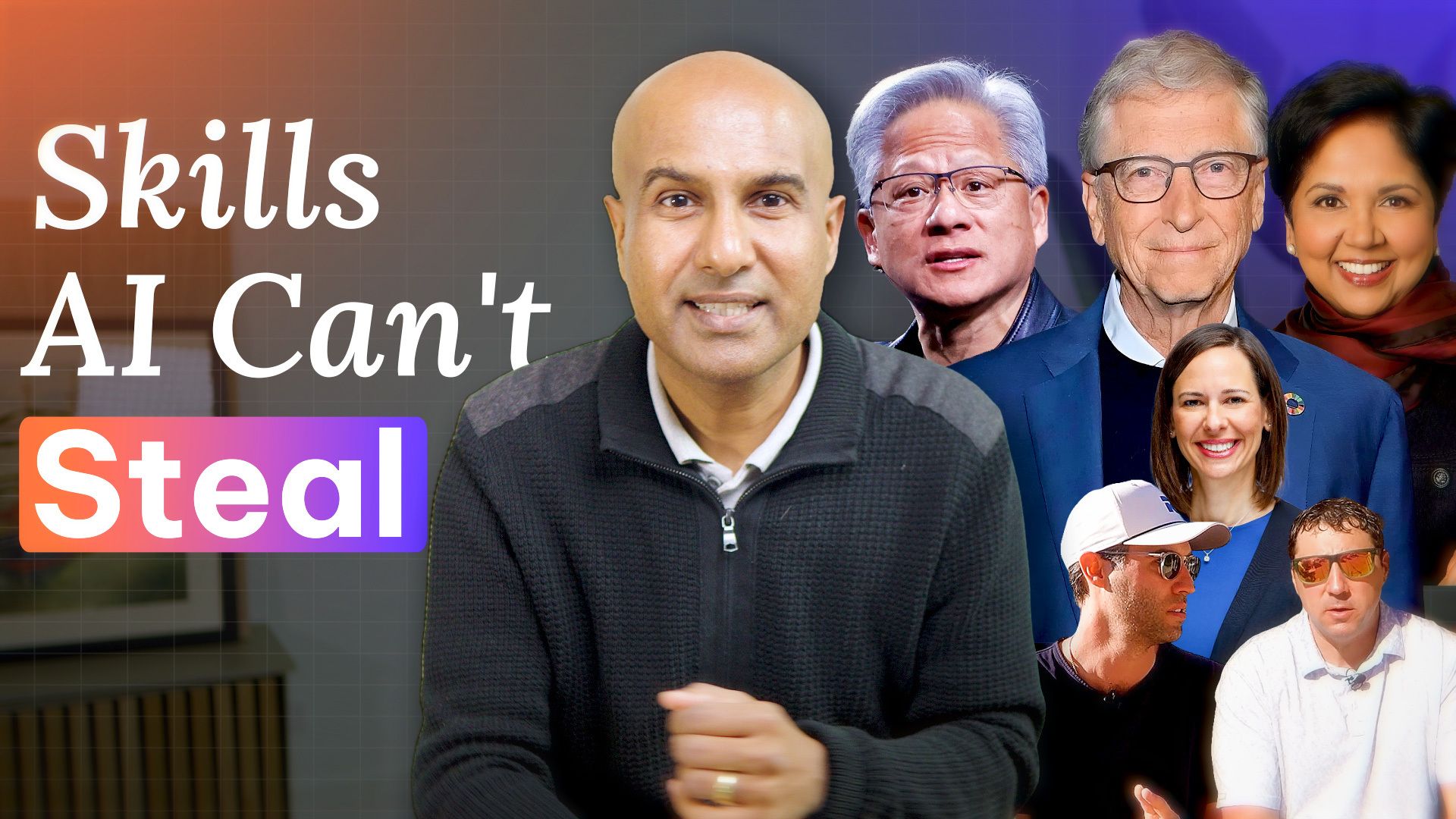- AI with Dino Gane-Palmer
- Posts
- 🏛️ MIT: 95% of organizations getting zero ROI from Gen AI
🏛️ MIT: 95% of organizations getting zero ROI from Gen AI
And how we’re finding success

Hi, and happy Thursday.
Your pilot crushed it in testing. Applause all around.
Three months later? Adoption is poor. Workarounds everywhere. Customers annoyed. Leadership asking where the $2M went.
The good news? You’re not alone.
The MIT NANDA group’s recent State of AI in Business 2025 report argues that while Gen AI adoption is high - due to AI chatbots - business transformation and ROI is remarkably low.
The authors point to a cause: most tools don’t remember, don’t learn, and don’t fit the actual workflow.
The result, 95% of pilots are failing - at least among the 300 business leaders the NANDA group interviewed.
What the winners are doing differently tracks against our own hard-won experience:
Map the whole process (not just the fun parts)
Determine the specific parts that benefit from AI
Design clean handoffs where AI ends and human judgment begins
Measure the business outcome, not the model metric
This mirrors what the MIT group sees as organizations on the “right side” of the Generative AI divide; they’re adopting adaptive, embedded systems that learn from feedback and integrate deeply into workflows.
What we’ve seen in the field
Retail support rollout: Answers were accurate, but refunds still required three disconnected systems. Satisfaction dropped ~40% and AI took the blame.
Logistics control tower: 92% accurate delay predictions… and no playbook to act. Alerts became noise.
Insurance claims revamp: Our team first mapped the claims path, coded the recurring manual work, then layered AI into the existing system to automate that tedious work no-one wanted to do. Result: 3× ROI in year one - not from “smarter AI,” but from better workflow mapping.
These patterns line up with MIT’s data: only ~5% of custom enterprise AI tools make it to production; most demos look great but break at brittle handoffs and misaligned workflows.
What’s the antidote?
What we find works is performing extensive process mapping before embarking on any AI transformation:
Map every step end-to-end
e.g., Gather data → Format in Excel → Draft → Send → Wait → Revise → PublishMark repetitive, rule-based work with ✦ (i.e. the parts AI will accelerates)
Mark judgment calls with ★ (i.e. where humans add value)
Circle the handoffs between ✦ and ★ (this is where things break)
If your map shows slow, messy handoffs, AI won’t fix it. Redesign the flow.
Here’s an example:

AI (✦) accelerates the boring parts while humans (★) handle taste, safety, and go/no-go decisions.
Why have so many human handoffs?
As per MIT, AI already “wins” simple tasks (e.g., drafting emails), but for multi-week, high-stakes work humans are preferred ~9:1.
The punchline?
Don’t buy “smarter AI.”
Design better workflow that work with AI, so your AI (✦) / humans (★) handoffs stay clean and value keeps compounding.
Two other data points that were eye-opening for me (from MIT NANDA):
Shadow AI is real: Only ~40% of companies have official LLM subscriptions, but employees in ~90% of companies use personal AI for work—proof that flexible tools in good workflows get adopted.
Budgets chase visibility, not ROI: ~70% of spend goes to Sales/Marketing because it’s easy to measure, while back-office work (where much of the ROI sits) stays underfunded.
Let me know if you’d like me to share the MIT NANDA report with you.
Best,

Dino
Catch up on our recent videos:
I’ve spoken to hundreds of CEOs and business leaders this year. From asking better questions to breaking rules and human connection, these are the 6 human skills leaders believe will only become more valuable in the age of AI. 11min 47sec |
Well crafted inputs and refinement of the outputs turn writing into gold, within a fraction of the time of making it from scratch. 4min 52sec |
Even Greg Brockman - OpenAI President and co-founder, is shocked that ChatGPT actually works. Why? Because ChatGPT is essentially an advanced form of autocomplete. 5min 44sec |


